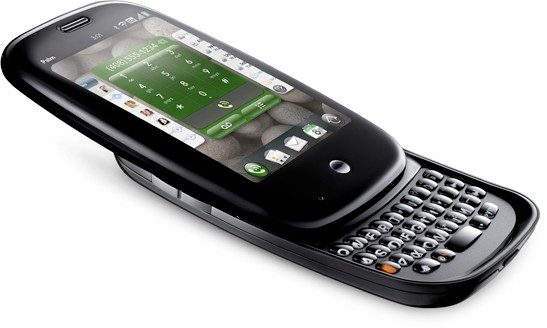 Palm came out with a bit of news that reiterates the old wisdom of joining who you cannot beat. The Pre will apparently be able to sync with Apple’s iTunes and iPhoto apps. Apparently, the Pre makes iTunes think it is an iPod or something. The whole thing apparently fails on the DRM side, so no “old” iTunes for the Pre then… What Apple will say to this? Well, that remains to be seen. They surely won’t be happy. But on the other hand, they will probably want to avoid any in-depth tussle over the question of their proprietary software, monopolization and all.
Palm came out with a bit of news that reiterates the old wisdom of joining who you cannot beat. The Pre will apparently be able to sync with Apple’s iTunes and iPhoto apps. Apparently, the Pre makes iTunes think it is an iPod or something. The whole thing apparently fails on the DRM side, so no “old” iTunes for the Pre then… What Apple will say to this? Well, that remains to be seen. They surely won’t be happy. But on the other hand, they will probably want to avoid any in-depth tussle over the question of their proprietary software, monopolization and all.
We also learned that, because Palm Executive Chairman Rubinstein is an old Apple hand, “the engineering culture at Palm bears some similarities to [Apple’s]”. There you have it.
 But the Pre is doing even better on the music front: its MP3 player includes onboard support for Amazon’s MP3 Store. Files are downloaded directly over the air to the device. Now that’s pretty cool!
But the Pre is doing even better on the music front: its MP3 player includes onboard support for Amazon’s MP3 Store. Files are downloaded directly over the air to the device. Now that’s pretty cool!
More coolness comes with search: the Pre searches, and then – if you want – it searches some more, in Google, in Twitter, … Neat, very neat!
Now, on to the app store. Oops, it is called “web catalogue” at Palm. How many apps at launch? Um, “a dozen or so”… Ah…
So will it succeed? Of course it will: according to Roger McNamee, managing partner of principal Palm investor Elevation Partners, all iPhone users with expiring contracts will switch to the Pre at 4.25pm. There you have it, again!

 O2 has won the exclusive distribution rights for the
O2 has won the exclusive distribution rights for the 
